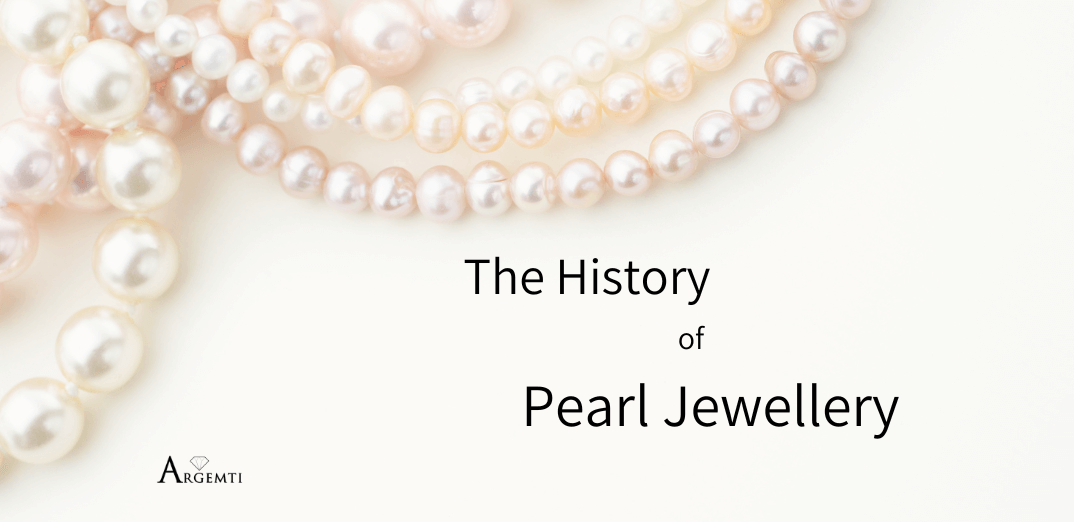Introduction
Everybody loves pearls. The vibrant shimmer you get from a luscious piece of pearl jewellery is something to behold. With pearls being the official birthstone of June (you lucky June babies), we thought we would take a quick look into the history of pearls.
Pearls have been treasured for their natural beauty for thousands of years. They’re one of the oldest gems and have been used to adorn royalty, aristocrats and the wealthy elite for centuries. Way back on the day, pearls were associated with the moon and were highly revered due to their rarity, uniqueness and ethereal beauty.
Where Pearl Jewellery Began

Pearls can be traced back to the ancient Chinese, who were said to be the first to cultivate freshwater pearls, and the Egyptians, who saw pearls as a symbol of purity and used them in their burial rituals. There are even references to pearls in the Bible, where they are mentioned as a valuable commodity.
However, it was in ancient Rome where pearl jewellery truly took off. Wealthy Romans adorned themselves with pearl necklaces, bracelets, and earrings. They were a sign of status and were often used to indicate one’s wealth and social status. Like today, pearls were also an important part of bridal attire and were believed to bring good luck and prosperity to the newlyweds.
During the Middle Ages, pearl jewellery continued to be highly prized. Pearls were seen as a luxury item and were often reserved for the nobility. Queen Elizabeth I was known for her love of pearls and was often seen wearing them in her portraits. In fact, pearl jewellery was so popular during this time that it was considered a status symbol and was worn by all those who could afford it.
The 18th and 19th centuries were a time of great advances in pearl cultivation. The Japanese perfected the art of cultivating pearls, which led to a pearl boom in Europe. Pearls were no longer reserved for the aristocracy and became more widely available to the middle classes. The arrival of cultured pearls also meant that pearls of a consistent size and quality could be produced, making them more accessible to the general public.
The 20th Century

In the early 20th century, Coco Chanel, the famous French fashion designer, made pearls a must-have fashion accessory. She famously said, “A woman needs ropes and ropes of pearls.” She popularized pearls by wearing them in unconventional ways, such as pairing them with simple clothing and using them as hair accessories. Chanel’s influence on fashion is still felt today, and her love of pearls has helped to cement their place in the world of fashion.
Pearls continued to be a popular choice for jewellery throughout the 20th century. In the 1960s, pearls were used as a symbol of rebellion, with the rise of the “hippie” movement, which rejected the mainstream culture. Women in this movement often wore pearls in unconventional ways, such as wearing them with T-shirts and denim, as a way of rebelling against traditional fashion norms.
Modern Day Pearl Jewellery

Today, pearl jewellery remains a classic and timeless choice for many people. From the classic pearl necklace to more modern and edgy designs, pearls continue to be a popular choice for both formal and casual occasions. They are versatile and can be worn with almost any outfit, making them an essential in any jewellery collection.
In conclusion, the history of pearl jewellery is long and fascinating, dating back thousands of years. From their early use in ancient China to their association with Roman wealth and their lasting impact on fashion, pearls have remained a cherished gem throughout the ages. Today, pearls continue to be a symbol of elegance and sophistication, and their timeless beauty is sure to endure for many years to come.
Thank you for taking the time out of your day to read our article on the history of pearls. Did you learn anything interesting? Or is there something you think we may have missed? Let us know in the comment section below!

